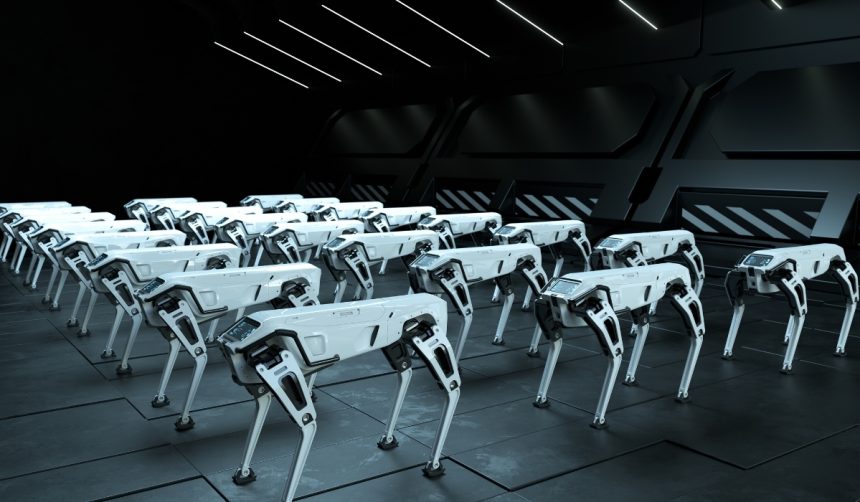Humanoid robots are making significant inroads into various industries, driven by technological advancements and increasing demand for automation. The year 2024 has marked a period of rapid growth, with market projections soaring to new heights. These robots are not only enhancing efficiency in manufacturing but are also being deployed in more complex, real-world settings, reflecting their versatile applications and the evolving landscape of robotics.
Recent developments indicate a sharp contrast to earlier stages of humanoid robotics, which were primarily confined to research labs and limited industrial use. The current surge in market value and practical deployments highlights the maturation of humanoid technology and its acceptance across different sectors. This progression underscores the shift from experimental to commercially viable solutions, positioning humanoid robots as key players in the future of automation.
What factors are driving the growth of the humanoid robot market?
The significant increase in the humanoid robot market is fueled by a combination of technological advancements and expanding applications across various industries. Europe has emerged as a central hub for these developments, with startups like 1X, ANYbotics, and Swiss-Mile leading the charge. Their innovations cater to diverse needs, from automotive manufacturing to logistics, showcasing the adaptable nature of humanoid robots.
How is AI integration influencing humanoid robotics?
“Recent advances in AI and machine learning hold tremendous potential for advancing physical intelligence,”
stated Gill Pratt, chief scientist for Toyota and CEO of TRI. The fusion of AI with robotics has accelerated the capabilities of humanoid robots, enabling real-time adaptability and skill refinement. Partnerships between major players like Agility Robotics and Manhattan Associates, as well as Boston Dynamics and the Toyota Research Institute, are pushing the boundaries of what these robots can achieve in practical settings.
What are the emerging real-world applications for humanoid robots?
Humanoid robots are transitioning from laboratory experiments to practical applications in industries such as automotive production and warehouse logistics. BMW’s test of humanoid robots on production lines and Agility Robotics’ deployment in warehouses are prime examples of their effective integration. Additionally, European companies are focusing on human-centered designs, with 1X unveiling home-use robots like NEO Beta, demonstrating the expanding versatility of humanoid technology.
The advancements in humanoid robotics are paving the way for more integrated and efficient automation solutions. As AI continues to enhance the intelligence and adaptability of these robots, their applications are expected to broaden further, offering tailored solutions for specific industry needs. Companies like Humanoid are at the forefront, developing prototypes and initiating pilot programs that set the stage for long-term strategic partnerships and widespread adoption. The ongoing collaboration between AI firms and robotics startups is likely to drive continued innovation, ensuring that humanoid robots remain a pivotal element in the evolution of industrial and everyday automation.










